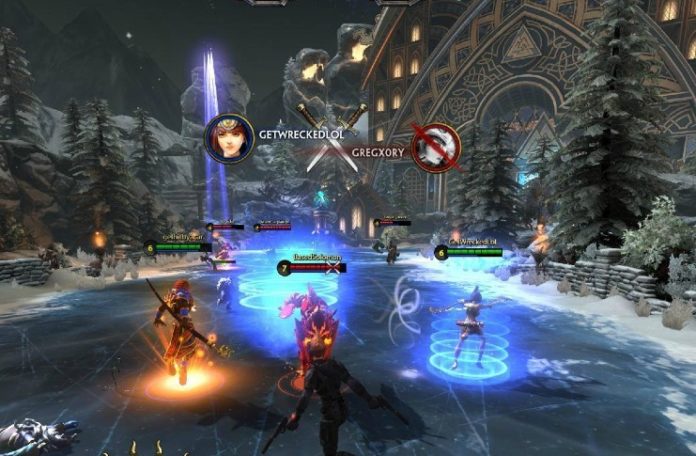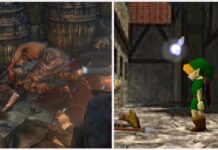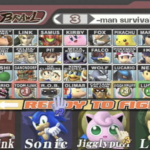Smite is a multiplayer online battle arena game by Hi-Rez, and has become a popular competitive game in its own right. Like other MOBAs, Smite is free-to-play, although it sets itself apart from games such as League of Legends and Dota 2 with its third-person perspective.
There are a plethora of game modes in Smite that appeal to different playstyles and interests; they all play quite differently and have varying appeal for casual and hardcore players. We’ll go through and describe each of the game modes and what they can offer.
Smite Game Modes
Arena
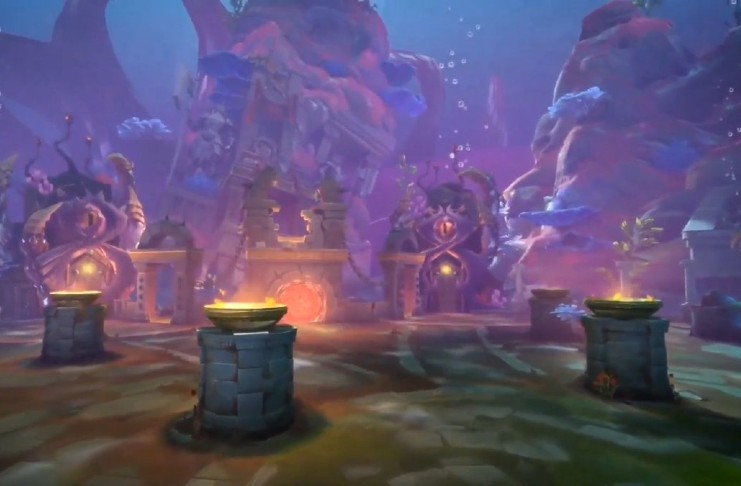
Format: 5 vs. 5
Objective: Reduce enemy tickets counter to 0
Lanes: n/a
Average Game Time: 15 minutes
Arena is the simplest game mode in Smite, and often where beginners will start out, or where players will test new characters. There are no lanes or towers, and both buff camps are in relatively neutral positions. Each team has a portal on their end of the map.
Each team has 500 tickets when the match starts, and there are various ways to reduce the enemy’s ticket counter. Some of these methods include:
- Getting the last hit on an enemy minion = 1 ticket per minion
- Killing an enemy god = 5 tickets
- Escorting your minions into the opposing team portal = 1 ticket per minion
Additionally, every 10 kills your team gets, a large minion called a “Minotaur” will spawn for your team. Escorting the Minotaur into the opposing team’s portal will knock down 15 tickets from their counter.
This game mode is all about coordinating with your other four teammates; as there’s no lanes to split up into, the team should focus on working together to clear waves of minions, combo any stray opponents and cooperate to get the upper hand.
Conquest

Format: 5 vs. 5
Objective: Destroy the enemy team’s Titan
Lanes: 3
Average Game Time: 30 minutes
The classic MOBA format, Conquest is the most popular game mode in Smite, and plays exactly like games such as League of Legends. There are three lanes, each with two towers and a phoenix per team. The goal is clear through these defenses and defeat the opposing team’s Titan. This is done by guiding minions into the zones of the towers, phoenix and Titan, and destroying these structures while they focus on the minions.
Before starting a Conquest, it’s important to recognize what role you’ll want to play; different roles have different appeals, and it’s crucial to understand each role so you can pick the one that fits your character and playstyle. The roles in Conquest are:
- Carry
- Support
- Mid
- Solo
- Jungler
Carry (also known as ADC or “Attack Damage Carry”) is a role usually played by Hunters and some select Mages. They will usually start out in the duo lane alongside the Support roles. Characters in the Carry role generally start out quite weak and easy to kill, but become insanely powerful in the late game. The goal as a Carry is to farm a lot in the early game to level up quickly, hopefully snagging a few kills in the process. Eventually, ADCs will keep their space during late-game team fights, dealing tons of damage to opposing Gods and also decimating towers, phoenixs and the Titan.
Support is often played by tanks or Guardians. They are meant to draw enemy fire and absorb damage with their massive amounts of HP and damage mitigation, as well as using good crowd control moves that prevent enemies from starting team combos. Early game, Support will go in the duo lane with Carry and protect them while they farm. As the game goes on, Support will start helping other lanes to allow the Carry to level up more quickly.
Mid involves tackling the middle lane, and this role is usually done with a Mage. The goal of the mid laner is to poke and outfarm the opposing mid while also playing conservatively so as to avoid getting ganked by the other team’s Jungler. The mid can also help their Jungler with nearby camps to further boost their XP. Late game, the mid will hang back in team fights alongside the Carry to deal massive damage and avoid getting decimated.
Solo is usually played with a Warrior, and is the role most disconnected from the other teammates for a large part of the game; Solo will only occasionally get help from the Jungler in the form of ganks and nearby buffs. Because of this, Warriors are the best for the job because of their tankier nature and ability to win 1-on-1 battles. Solo lanes are generally just about outperforming the opposing team’s Solo laner; you don’t want to lose your lane and help farm the opposing team, as things can get out of hand really quickly.
Jungler is almost always played by Asassins due to their quick movement speed. Junglers are roaming the map, constantly dropping jungle buffs for their teammates in the various lanes, while also farming XP camps to stay levelled up. Additionally, Junglers will try to set up ganks (or stealth kills) by communicating with teammates in the different lanes. Knowing where all the buffs are and being in the right place at the right time is essential to playing Jungler.
Communication is key in Conquest because of the large maps and different strategies teams can employ; while these descriptions are a general guideline, talking with teammates and learning what opposing players are doing is key to understanding Conquest.
Joust

Format: 3 vs. 3
Objective: Destroy the enemy team’s Titan
Lanes: 1
Average Game Time: 15 minutes
Joust is the condensed version of Conquest, featuring only one lane, with a tower and phoenix per team. There are two Mana Camps (one per team) with only one Damage Camp on the whole map. The goal is to push your minions through the enemy team to destroy each of the structures and ultimately their Titan.
This game mode also has the Demon King objective; defeating the Demon King grants your team a special buff, while also freezing the opposing team’s foremost structure (either the tower or the phoenix.) This allows your team to enter the structure’s zone and attack without worrying about it firing at you.
Because of the 3 vs. 3 format, team compositions can take many forms; you generally want some form of a tank, some form of magic user and a hunter/assassin type character that can gank while also scaling up damage in the late game.
Assault
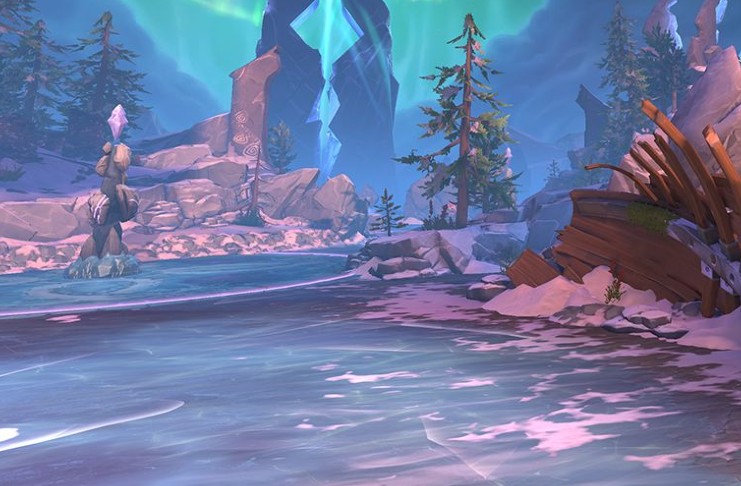
Format: 5 vs. 5 (RANDOM GODS)
Objective: Destroy the enemy team’s Titan
Lanes: 1
Average Game Time: 15-20 minutes
Assault, like Joust, has a single lane with one tower and one phoenix per team. In this game mode, however, there are five players on each team and the game picks a random God for every player (you can reroll which God the game picks for you before the game starts by using in-game currency, or you can trade Gods with a teammate.)
Assault has no buff camps, and you also cannot return to the fountain to heal or buy items until you’ve been killed. Alongside Arena, it’s one of the simplest game modes in Smite, and is a great way to try out random Gods while still playing in a lane-pushing format rather than the pure team fights of Arena.
Clash
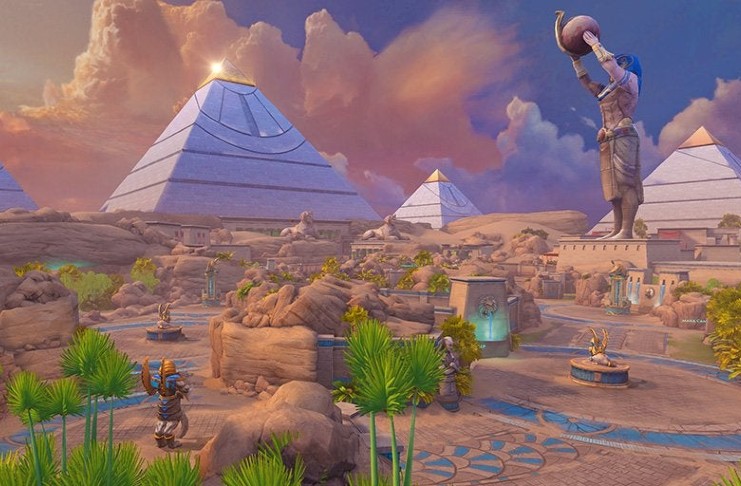
Format: 5 vs. 5
Goal: Destroy the enemy team’s Titan
Lanes: 2
Average Game Time: 15 minutes
Clash is another lane-pushing game mode, with two lanes, each with one tower and one phoenix per lane. The two lanes are quite close in proximity, and the abundance of jungle buffs in the middle area means there will be plenty of team battles in Clash.
Communication is key in Clash, as a couple of players can get overwhelmed if the enemy team decides to focus on one lane and no help is on the way. Preventing the other team from getting the Damage buffs in the middle is also effective in maintaining control. There are no set “roles” where players have to stick to one lane; rather, teams will try to coordinate all the time to effective push and destroy structures where they can.
Additionally, the Apophis objective, which is unique to this game mode, is a boss enemy that can be killed, and it grants a strong buff to the entire team when accomplished.
Clash is a great game mode for practicing communication with teammates, as well as working on team combos and coordination.
Siege
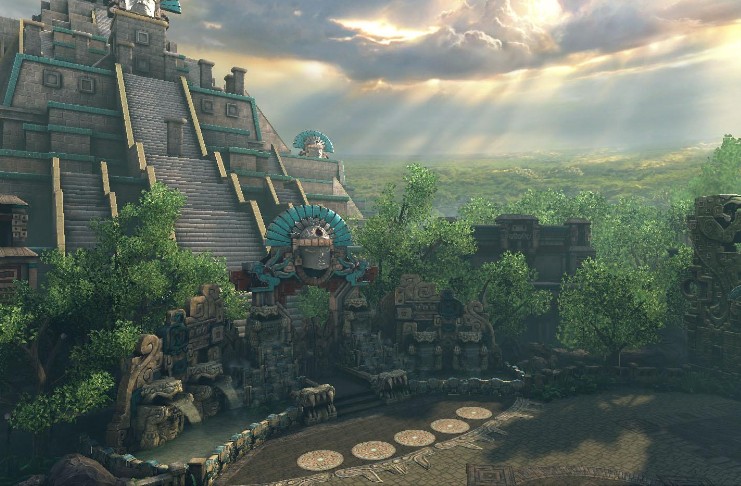
Format: 4 vs. 4
Objective: Destroy the enemy team’s Titan
Lanes: 2
Average Game Time: 15 minutes
Siege is another 2-lane game mode, although the lanes are much further apart than in Clash; the lanes are on the outer edges of the map, with the jungle taking up the center.
Siege features two towers and a phoenix per team in each lane, much like Conquest. Teams will split up into two players per lane. The unique part of this game mode, however, is the usage of Siege Juggernauts. Juggernauts are large minions that can take a lot of damage and specifically do large damage to the structures. They are spawned by acquiring 100 points, which can be done by:
- Killing an enemy God (5 points)
- Killing a minion (1 point per minion)
- Clearing a jungle camp (9 points)
Once your team gathers 100 points, a Siege Juggernaut will spawn in one of the two lanes. Additionally, you can spawn a Siege Juggernaut by killing the Wild Juggernaut in the very center of the map. Once a Siege Juggernaut spawns, teams will often group up in the lane the Juggernaut spawns in to protect it while it decimates enemy structures. Conversely, if the enemy team has a Siege Juggernaut, it is crucial that you hurry over and destroy it before it can clear your lane of structures.
Grouping up is easy once a Juggernaut has spawned; a portal will open up at your home base, and entering the portal teleports you instantly to the Juggernaut.
Smite Game Modes For Newbies
New players in Smite will only be able to access Conquest, Arena and Joust at first (although all game modes are available vs. bots.) Once a player’s account level reaches 15, all the games modes open up.
Arena is a strong start for new players as it allows players to focus on the mechanics of Smite while not worrying as much about objectives and lane pushing. Joust can be good for learning the basics of camp buffs and lane pushing, but at the end of the day, no game mode covers all the necessities of Smite better than Conquest.
Be sure to check out popular Smite YouTubers and streamers for more detailed info on the different game modes, as well as how to improve as a player in all of them.
Info credit to the official Smite website and Smite Wiki.


